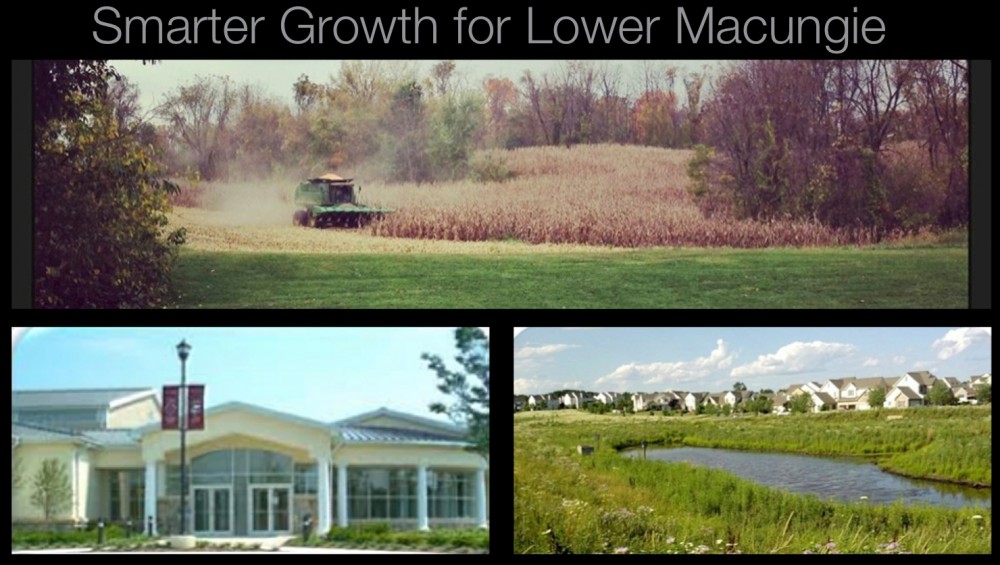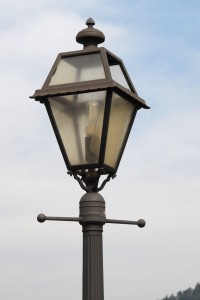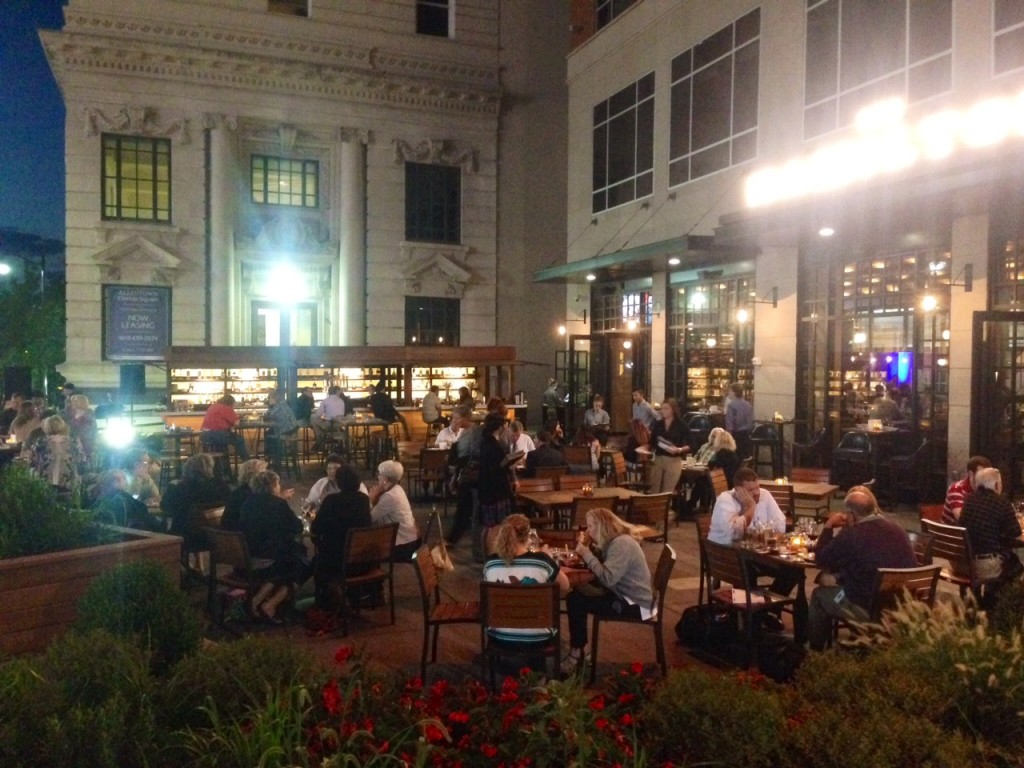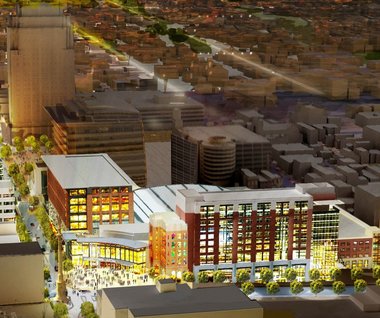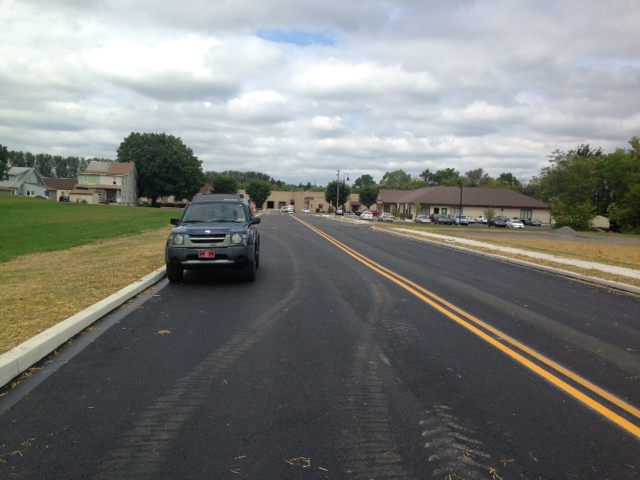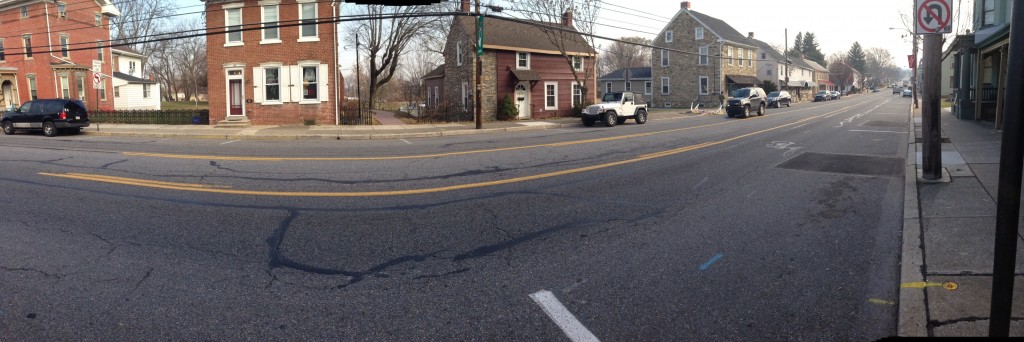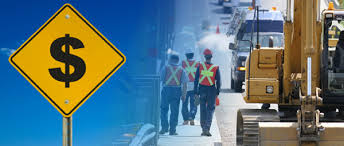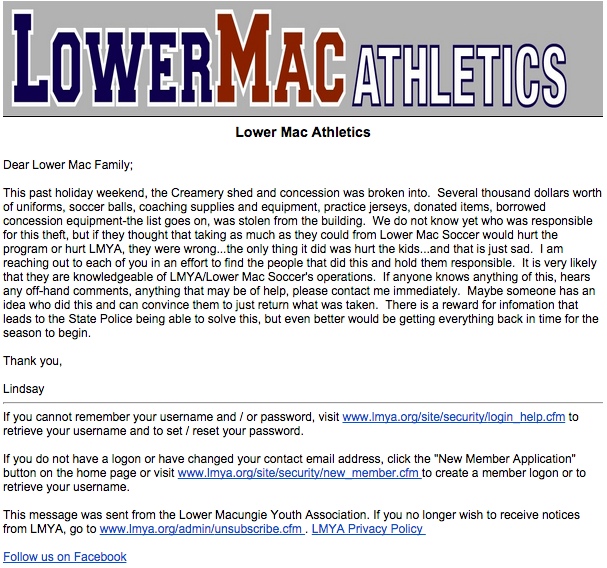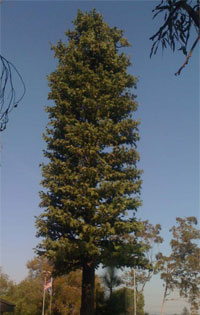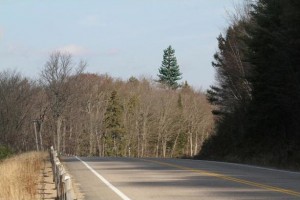Blogging Strongtowns Day 2.

Just listened to the unveiling of the newest strongtowns traveling discussion. Chuck Marohn will begin to deliver it in towns across America over the next few months. The discussion is in the mold of the very successful curbside chats.
Chuck delivered the presentation to a room full of dynamic people who will then critique. The purpose is for the group to “sharpen the steel” so to speak and improve the presentation. Fascinating to watch. This is truly less of a conference and more of a working gathering. This session was for me the highlight so far. Below are my thoughts, stream of consciousness style. (The critique aspect comes in the very entertaining parliamentary style!) I write this as I listen and participate in the discussion. Though I do much more listening vs. participating here. The parliamentary style is an energizing way to synthesize the thoughts of 30 ppl, but better suited to those who process things much more quickly then I do. Today I do more listening than talking.
Transportation in the next American city. Reactions how it relates to Lower Macungie and the problems we face.
Across the suburbs of the LV the math of dumb growth is wholly contingent on an availability of cheap open space and green-fields and the ability to expand outward onto them with subsidized infrastructure. This is accomplished via institutionalized top down systems. These systems and the money made available through them mainly relate to bran new single purpose infrastructure needed to support an outward pattern of growth. This is inherently artificial in that without the subsidies, the infrastructure would prove unaffordable and likely not be built since it is so expensive. Even when it’s not directly subsidized, it is indirectly subsidized since the cost to maintain these systems always exceeds the value they create.
LMT’s unique situation is further compounded by the fact that currently we rely on state taxpayers to fund police protection. Someday we’ll have to fund that ourselves and someday (sooner rather then later) we will run out of open space. As it stands what we’ve built overtop of our former greenfields is woefully unproductive since we inherited the long term financial obligations to maintain. This low return on investment growth pattern was only made possible in the first place by artificial (meaning not financially sustainable over the long term) means. This is the math of dumb growth.
There is a life-cyle of sprawl. It’s a cycle that we’re (for now) locked into. For a decade we were on the height of that curve. Here, one time and temporary revenues associated with hyper growth led to a bloated rainy day fund. For a decade we lived on these funds and had no property tax. That was the height of the curve since money (one time) coming in exceeded liabilities. Only recently have we started the decline. This began a year ago with the first property tax in Lower Macungie in over 12 years.
The choice today is break the cycle, or continue pave over our last remaining open space. Doing this might delay the inevitable but eventually we’ll have to address issues related to long term financial health. Delaying further will only dig a deeper hole.
So how do we get away from the math of dumb growth and get back to a formula that allows us to maintain our existing system over the long term? This correlating to a sustainably low tax rate. How do we transition away from relying on mechanisms like one time monies, other people’s money (OP$) and surplus money and get back to financial productivity, sustainability and resilience?
Big part of the problem is that our top down system loses all sense of nuance at the local level. This isn’t because local leaders are incapable of making nuanced decisions. It’s because the top down heavily bureaucratic system doesn’t allow for it. It forces square pegs in round holes. The current system rewards dumb (or at least shortsighted) decisions with massive amounts of money. For example: Locally, millions of dollars of state grants were rewarded to induce development along the Rt. 222 “bypass”. A massive expenditure of money for a band-aid that we could have never afforded locally. (everything short of grade separation and getting rid of the signals on the bypass is a band aid) Problem is, this will lead us to spend more money down the line as it will compound underlying issues and delay the real end game. Do I even have to mention again the true insanity of believing we need to induce any kind of development in Lower Macungie township? Yet alone a strip mall. We remain one of the fastest growing townships in the state…
*Above I refer mostly the the millions of dollars of state grants (direct gov’t subsidies) rather then the TIF.. Eventhough I voted against TIF, I acknowledge the argument is more complicated.
In other words, how do we at minimum build a system that pays for itself and at best a system that creates value/wealth instead of eroding it? How do we flip the system on it’s head? How do we transition from top down to bottom up? Measure success on quantity instead of quality. What’s the metric for high quality of life, sustainability low taxes, good schools and affordable transportations?
First and foremost local leaders must lead they cannot be followers. Let local leaders make decisions based on local needs. Don’t accept one size fits all. Question assumptions and systems. Build what we can afford to maintain. Accept we can’t change this overnight, but we have to start somewhere to incrementally changing the underlying system. The current system at worse does not allow this. At best does not make it easy.
Random thoughts and great one-liners
